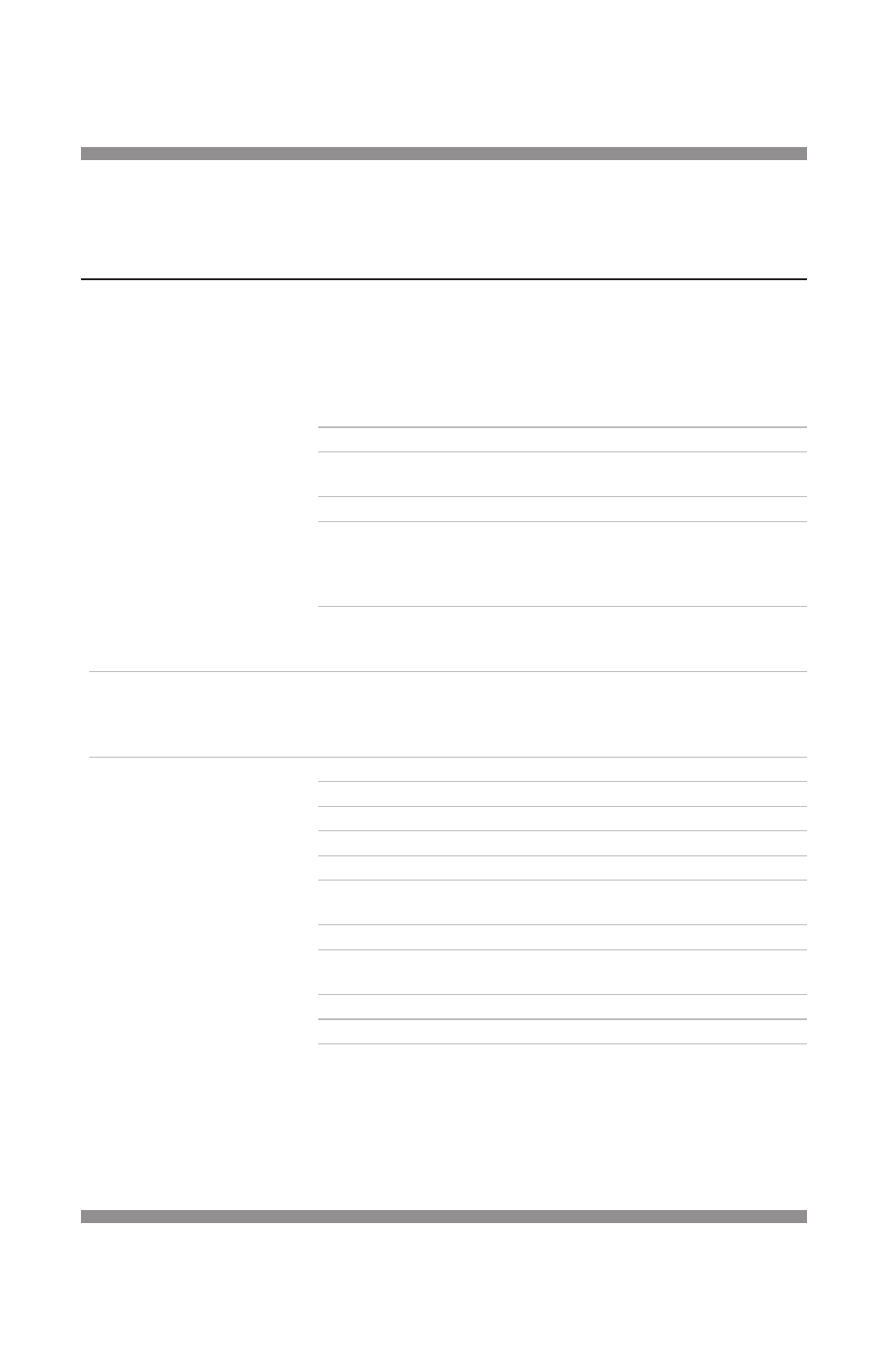Troubleshooting – Hoefer TE42 User Manual
Page 23

•
p15
Troubleshooting
problem
solution
Incomplete transfer
Blank areas on
Remove all trapped air pockets in the transfer stack assembly:
the membrane
assemble the stack while it is submerged in transfer buffer, gently
press on each sponge as it is added to the stack, and roll a glass
pipette or test tube over the membrane and gel to eliminate all
air bubbles.
Reduce the stirring speed to prevent turbulence.
Process only one strip or membrane in each tray or cassette to
prevent overlapping.
Use buffer with a lower ionic strength.
Check electrode continuity. During the transfer, a continuous stream
of gas is released along the entire length of the electrodes. If bubbles
do not form along the entire length of the electrode, replace the
electrode.
If cassettes are bowed when empty, replace. Overpacking the cassette
causes it to bow; see the recommended assembly instructions on
page 6.
Grid pattern on membrane
Add extra sheets of blotting paper to increase the clearance
between the cassette panel and the gel. Take care not to overstuff
the cassette; the gel should be held firmly and evenly between the
sponges, but not so tightly that it is squeezed.
Molecules do not
Increase the field strength.
migrate out of gel
Increase transfer period. (Try doubling it.)
Do not use staining or fixing agents on the gel before transfer.
Use a thinner gel.
Reduce the gel acrylamide concentration.
Check that the buffer pH is close to the intended pH. Most buffers
should not be titrated; make fresh buffer.
Use 3.5 mM SDS (0.1%) in the transfer buffer.
Avoid including methanol in the transfer buffer or reduce the amount
to the absolute minimum.
Use reagent-grade chemicals.
Increase the length of time Southern blots are depurinated.
Increase the net charge on the protein by changing to a transfer
buffer with a different pH. Lower pH (<6–7) increases the positive
charge on proteins; higher pH (>6–7) increases the negative charge
on proteins.